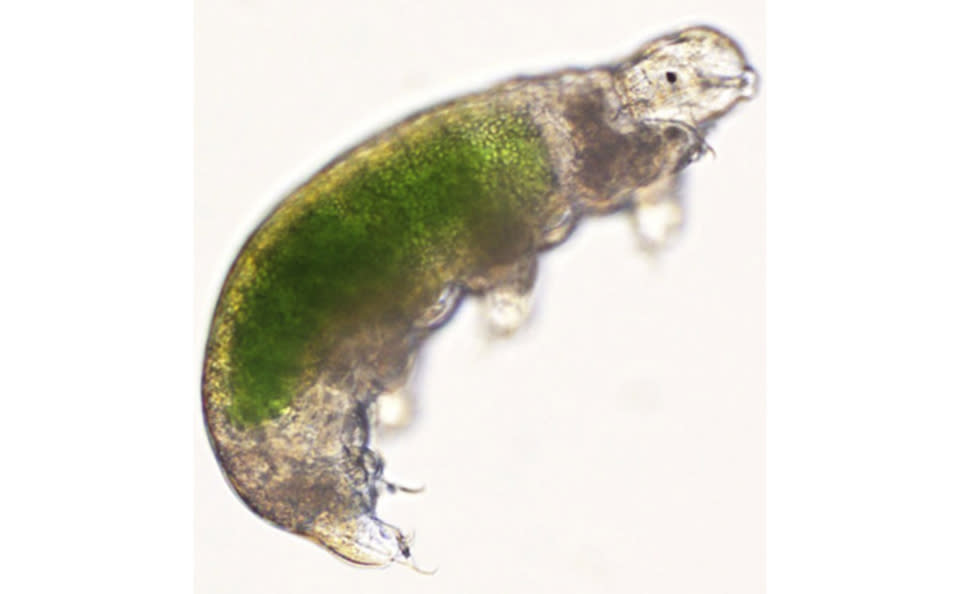Scientists reanimate tiny frozen animals after 30 years
The thawed "moss piglets" bred and produced healthy offspring.

In 1983, the first consumer mobile phones launched and "Star Wars" meant Return of the Jedi. That year, scientists from Japan's National Institute of Polar Research collected microscopic animals called "tardigrades" from Antarctic tundra. They then placed them in a freezer, where they spent the next 30 years. In 2014, researchers decided to defrost the samples to see if the tiny creatures, also called "moss piglets," would come back to life. When the thawing process completed, two creatures started wriggling immediately, setting a new deep-freeze duration record for tartigrades.

They were alive, but not exactly spry. The first survivor, dubbed Sleeping Beauty 1, did make a full recovery and even bred, producing 14 healthy offspring. The team also retrieved an egg, which hatched seven offspring (one is pictured above). However, the second tardigrave died after a period of 20 days due to malnutrition. Scientists figure that the animals can survive the freezing, but that they take some genetic damage and need a much longer recovery period than after a normal, seasonal freeze.
The team is now studying the micro-animals' genes to figure out how they can survive for such a long time, and whether they can improve the results with better control of the environment. The results could have implications for how such organisms could survive long periods in space, for instance. Hopefully, we'll hear about the results sooner than 2046.
